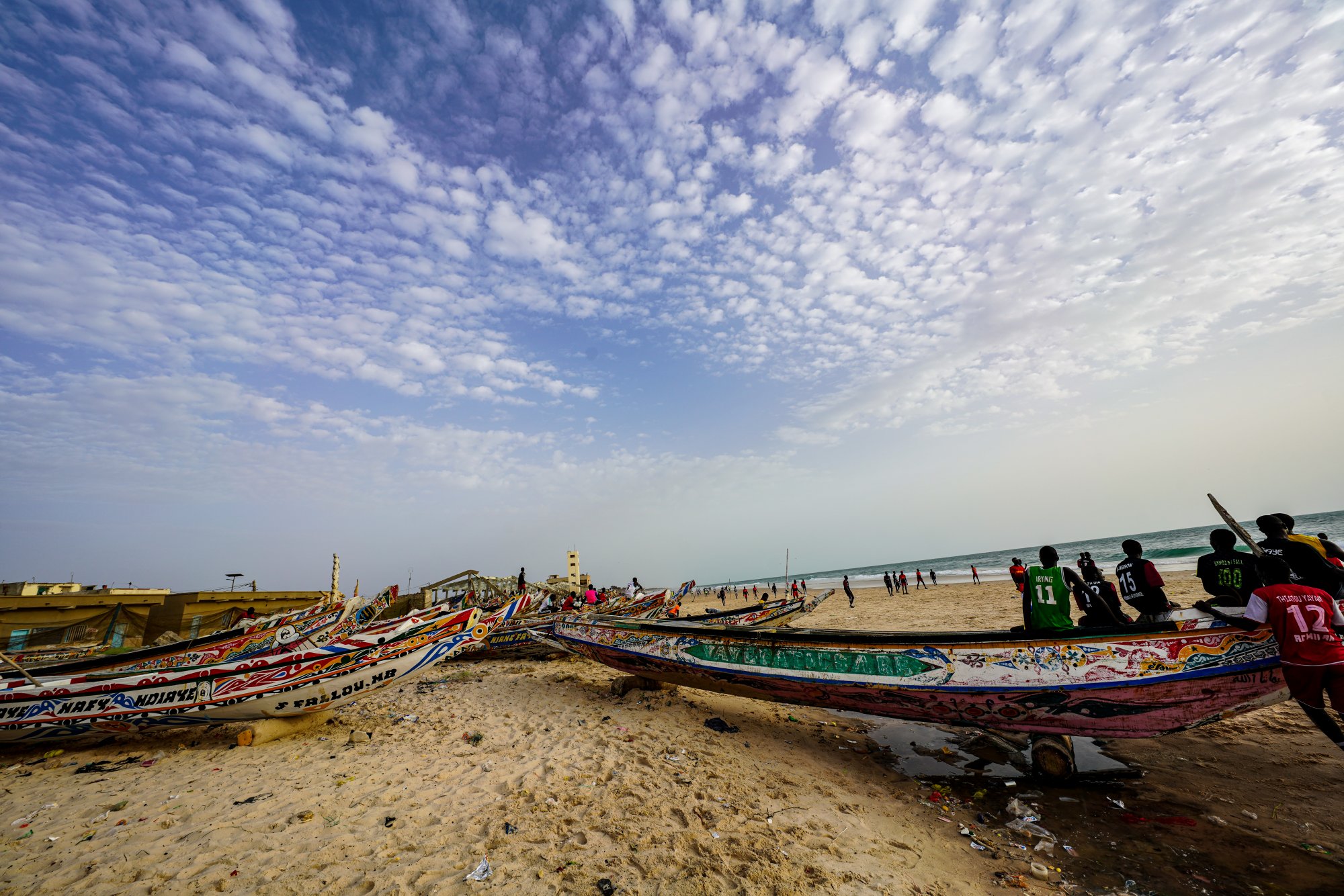Arriving
I just completed a trip to Senegal.
Very strong impressions. Warmth. Deep humanity. Colours, smiles, and smells. Thoughts and tough shocks remain deeply impregnated in my mind. In a series of short blogs, I will try my best to share my impressions and after-thoughts.
A photographer
Only a few flight hours from Switzerland, I encountered a completely different world. The first thing that I had to adjust was my personal sense of speed and rhythm. Just take your time and wait for your luggage at the Blaise Diagne Airport in Dakar. A first slow-down. The tropical humidity did the rest.
Initially I felt alone with my question “what I’m doing here?” I even played with the thought of taking the same plane back to Paris. I was then taken by surprise by the immigration officer’ question: profession? He repeated the question. I then bluntly answered: photographer. My answer seemed to leave a lasting impression to both of us. No further questions were raised by immigration. The customs officer then asked if I was a journalist when he saw my photo equipment. I replied:
No, just a photographer.
I remembered my favourite movie (“The Passenger” of Michelangelo Antonioni with Jack Nicholson and Maria Schneider) and smiled.
I was now in the “observer mode” – protected by the lenses of my camera.

Airport, train, highway, and stadium
A few profane observations on the way to the Radisson hotel: a newly built airport. I took notice of the eventful history of the construction of this airport: substantial cost overruns and delays, the original concession to FRAPORT was taken over by a Turkish group. A new highway to Dakar is being operated by a French group. On the way to the hotel, I observed the sizeable construction site of the new soccer stadium in Diammiadio: indeed, it looks like a “sports palace”. The high-speed train from the airport to Dakar is still under construction (a EUR multibillion initiative). Then, on my early morning run, I discovered the new convention centre. So much for multi-billion infrastructure initiatives noticed upon the arrival in Senegal.
St. Louis
The most important objective of my trip was to team-up with a film crew in St. Louis, the old capital of Senegal in the North at the border to Mauretania.
Leaving Dakar, the context rapidly switches from the urban and monumental projects to the countryside, the towns, and the villages. You get the sense that life happens along main street with its frenzy open markets. Young people – children – dominate the scene:
More than 60% of Senegal’s population is under 25.
Also, you do not have to be a scientist to notice that the desert is heavily and very fast “eating up” farmland. Finally: you also do not have to be an economist to realize what all of this means in terms of economic and social pressures. Entering St. Louis, you only must keep your eyes open to witness the impact of all of this.
It’s however not easy to keep your eyes open.
PS. Over the next days I will follow with a series of blogs on Senegal.

